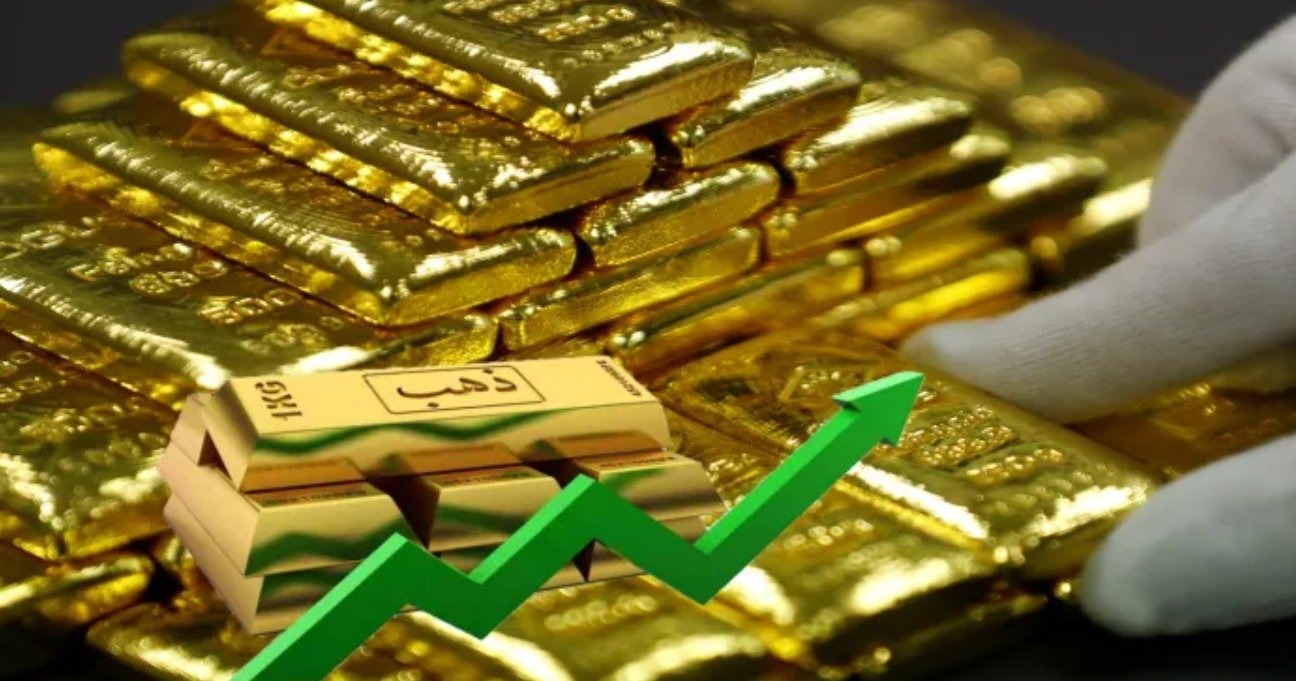
According to a report issued by the World Gold Council, the Central Bank of Egypt was the “largest buyer of gold” among global central banks during the first quarter of 2022, after it acquired 44 tons of the precious metal in February, and Egypt is also working to increase domestic gold production in the long term. Through the Sukari mine and others, Egypt also expanded in issuing tenders for gold exploration last year, and English, Canadian and Egyptian companies, including the North African Mining and Industry Company, won an international tender for gold and mineral exploration in Egypt’s eastern desert
The Egyptian General Authority for Mineral Resources said, in a statement issued in June 2022, that the result of the second round of bidding to search for gold and minerals in the Eastern Desert resulted in the awarding of 8 regions to 4 foreign and local companies, and the result of the second round of bidding represents success in attracting new investments despite the challenges. The successive global crisis represented by the Corona pandemic and then the Russian-Ukrainian crisis, with their negative repercussions on the global economy and pumping investments, the first round of bidding had resulted in the awarding of 82 regions in the Eastern Desert to 11 Egyptian and international companies
The Central Bank announced an increase in the value of gold listed in foreign exchange reserves during January 2023, to reach $7.773 billion, compared to $7.326 billion at the end of December 2022, an increase of $447 million
Gold trends during 2023
And “Gold Bullion” expected that the performance of gold in 2023 will be much better than in 2022 due to increased demand from central banks and potential ongoing geopolitical tensions. From new mines, interest rates and a weak dollar
The report touched on four reasons that support gold in 2023, including that central banks around the world, especially in China, Turkey and India, are buying gold at a record pace, and this trend has continued for the past 13 years in a row, but its pace has accelerated recently as they have increased their reserves. According to the World Gold Council, demand for gold from central banks to date is 673 tons, surpassing all annual totals since 1967
According to a report issued by the World Gold Council, central bank purchases are largely driven by flight towards safer assets due to high inflation, as the People’s Bank of China announced that it had bought 32 tons of gold at a price of about $ 1,650 an ounce, and this trend is expected to continue in 2020. 2023, which may contribute to an increase in gold prices
The Gold Billion report added that the limited supply of gold from new mines supports the rise in prices, as gold mining represents about 75% of the annual supply of gold, so the availability of gold depends to a large extent on mining production. Stagnant in recent years, it seems to have peaked in 2018, and according to the World Gold Council, the total supply of gold increased slightly (by 1% on an annual basis) to 1,215 tons as of the third quarter of 2022
Gold Bullion explained that the Federal Reserve’s tendency to raise interest rates at the fastest pace in history during 2022, to record interest at 4.5%, is expected to continue until late 2023, as interest rates are considered one of the main factors that can affect the demand for gold. It could affect gold’s attractiveness as a store of value or as an inflation hedge. When interest rates are low, investors are more likely to buy gold as a safe-haven asset, which could drive its price up
And about the fourth factor that supports gold, is the weakness of the dollar, as gold prices and the value of the US dollar tend to move in opposite directions. This led to a rise in gold prices, as an ounce targets $2,000 levels

